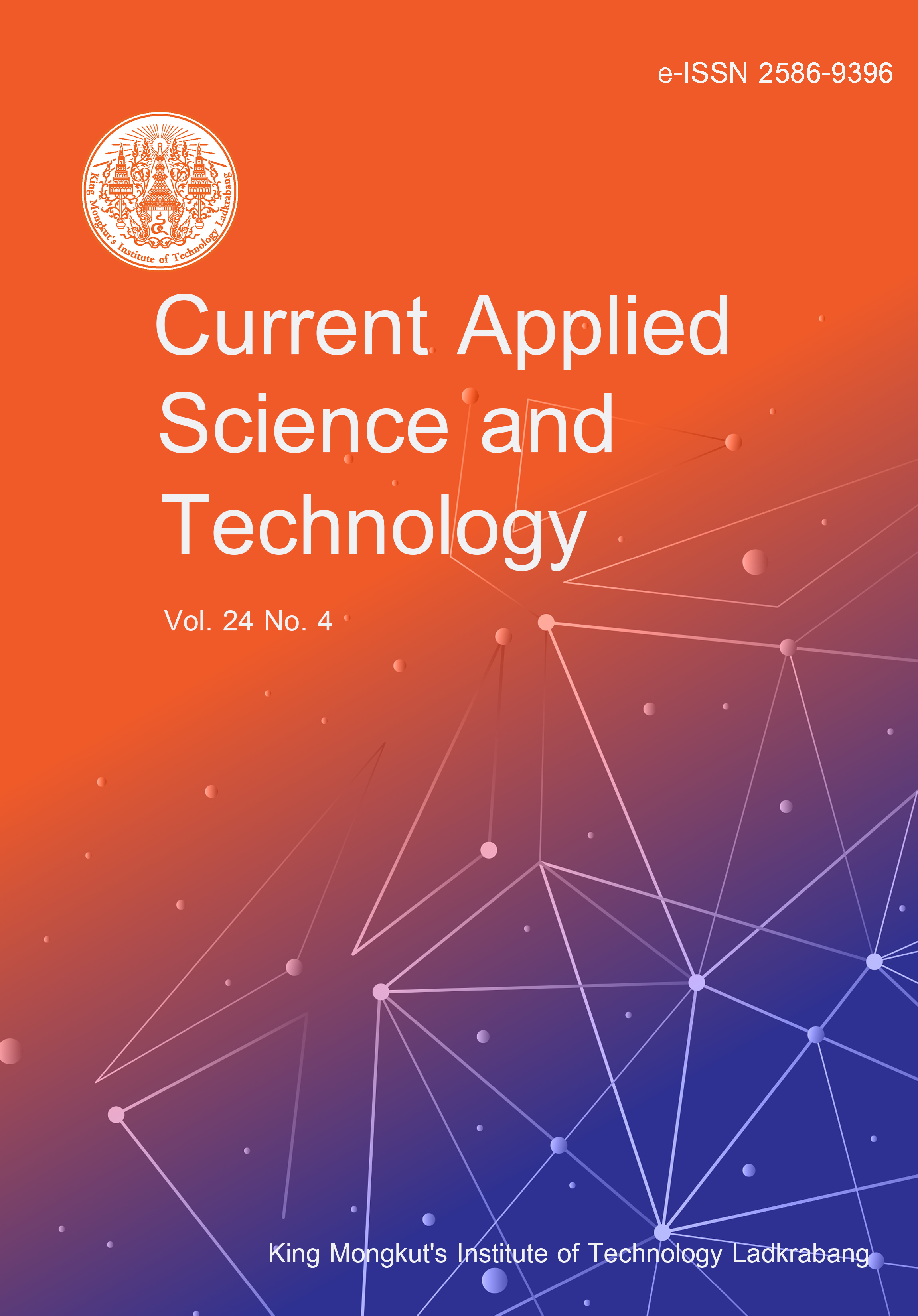Swarna rice cultivars (Indian cultivar) are widely grown in the northern part of Bangladesh because of their higher yield, drought tolerance, higher quality of grain and good plant appearance. Therefore, a study was conducted to observe genetic diversity among eight Swarna cultivars grown in Bangladesh. The genetic diversity of the cultivars was assessed by one hundred SSR (simple sequence repeat) markers. Among these, forty-four primers were polymorphic. In total, 188 alleles from eight rice genotypes with an average of 4.27 alleles per locus were identified. Allele numbers varied from 2 to 11. The average polymorphism information content (PIC) was 0.533, with a range of 0.195 to 0.889. The most suitable markers found were RM149, RM232, and RM3421, which provided the highest PIC value of 0.889. Genetic dissimilarity coefficient values between pairs indicated that the Guti Swarna and Nepali Swarna cultivars along with the Guti Swarna and Deshi Guti Swarna cultivars were the most genetically distant (0.818) cultivars whereas the Nepali Swarna and Nironjon Swarna cultivars were the closest (0.091). A dendrogram constructed based on polymorphism indicated five major groups. It was observed that the Guti Swarna and Sumon Swarna cultivars formed two different solitary groups, I and II whereas the Nepali Swarna and Nironjon Swarna formed group III, the Lal Swarna and Swarna5 constructed group IV, and the Deshi Guti Swarna and Tiger Indian Swarna were in group V. Our findings may help in designing appropriate cross combinations for further improvement of Swarna cultivars.
Hossain, M. A. ., Ferdous, J. ., Roy, R. undefined. K. ., Rabbi, S. M. H. A. ., Sultana, S. undefined. ., & Haque, M. E. . (2024). Assessing the Genetic Variation of Swarna rice (Oryza sativa L.) Cultivars using SSR marker. CURRENT APPLIED SCIENCE AND TECHNOLOGY, e0258834. https://doi.org/10.55003/cast.2024.258834

